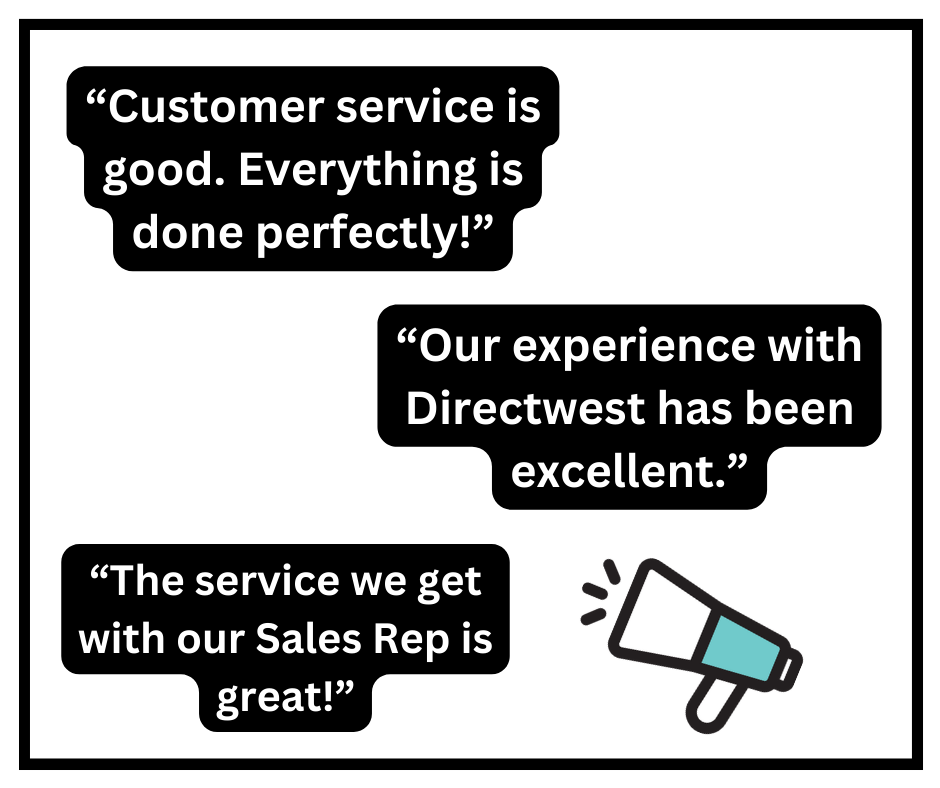In an increasingly competitive market, businesses face the dual challenge of meeting consumer price expectations without devaluing their products and services. As consumer behavior continues to evolve, influenced by economic conditions, market trends, and heightened access to information, businesses must adopt strategic approaches to balance affordability with value perception. Here’s how businesses can achieve this equilibrium effectively:
1. Understand Your Market and Consumers
The foundation of meeting price expectations without devaluing your offerings lies in understanding your market and consumer base. Conduct thorough market research to gauge the price sensitivity of your target audience. Utilize surveys, focus groups, and data analytics to gather insights on what your customers are willing to pay and the value they expect in return. This data-driven approach allows you to set prices that align with consumer expectations while ensuring profitability.

2. Emphasize Value Over Price
Communicating the value of your products and services is crucial. Highlight the unique features, quality, and benefits that distinguish your offerings from competitors. Concentrate on marketing strategies that focus on storytelling, customer testimonials, and case studies to illustrate the tangible benefits and superior quality your products provide. Consistent branding across all touchpoints, from packaging to marketing materials, reinforces the premium nature of your products. By shifting the focus from price to value, you can justify your pricing strategy and reinforce the worth of your products and services.
3. Implement Tiered Pricing Strategies
Tiered pricing allows businesses to cater to different customer segments without compromising overall brand value. Offer multiple product or service levels at varying price points, each with distinct features and benefits. This strategy not only broadens your customer base but also ensures that those seeking premium options can find them within your brand. For example, an advertising company (wink, wink) might offer different versions of its product, each priced according to the features included.
4. Enhance Customer Experience
Investing in exceptional customer service can significantly enhance perceived value. Consumers are often willing to pay a premium for a superior experience. Train your staff to provide excellent service, create user-friendly interfaces, and ensure efficient and responsive customer support. By prioritizing customer satisfaction and building strong relationships, you can foster loyalty (read more about the importance of community here!) and reduce sensitivity to price changes.

5. Offer Promotions and Discounts Strategically
Promotions and discounts can attract price-sensitive consumers without devaluing your brand. However, it’s essential to use these tactics strategically. Limit the frequency and duration of discounts to maintain a sense of exclusivity and urgency. Offering bundled packages or loyalty programs allow you to provide added value without directly reducing prices. This approach encourages repeat business and enhances customer perception of getting more for their money.
6. Monitor and Adapt to Market Trends
The business landscape is dynamic, and staying attuned to market trends is essential. Regularly review pricing strategies and market conditions to ensure your approach remains relevant. Be agile and ready to adapt to changes, such as new competitor pricing or shifts in consumer preferences. This proactive approach allows you to maintain a competitive edge while preserving the value perception of your products.
7. Educate Your Customers
Consumer education can play a significant role in value perception. Provide transparent information about the costs involved in delivering quality products and services. Highlight aspects such as ethical sourcing, sustainability practices, and technological advancements that justify your pricing. Educated consumers are more likely to appreciate the value behind higher prices and remain loyal to your brand.
Balancing consumer price expectations with maintaining product and service value is a nuanced task that requires a multifaceted approach. By implementing a few or all of these tactics, businesses can more easily navigate price expectations without devaluing their offerings. This strategic balance not only satisfies customers but also fosters long-term loyalty and business growth.
Paige Sandvold is a Marketing Manager on the Revenue Growth Team at Directwest.